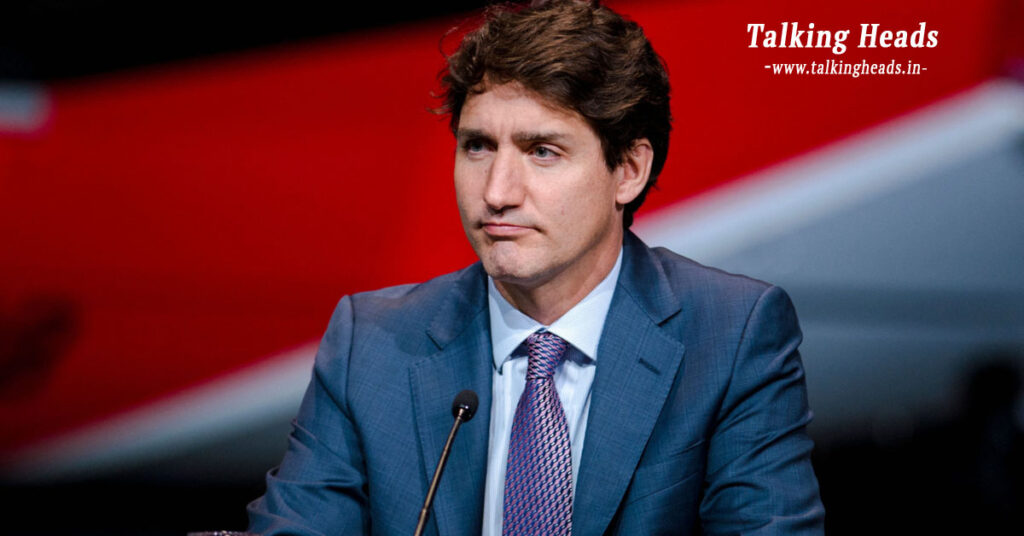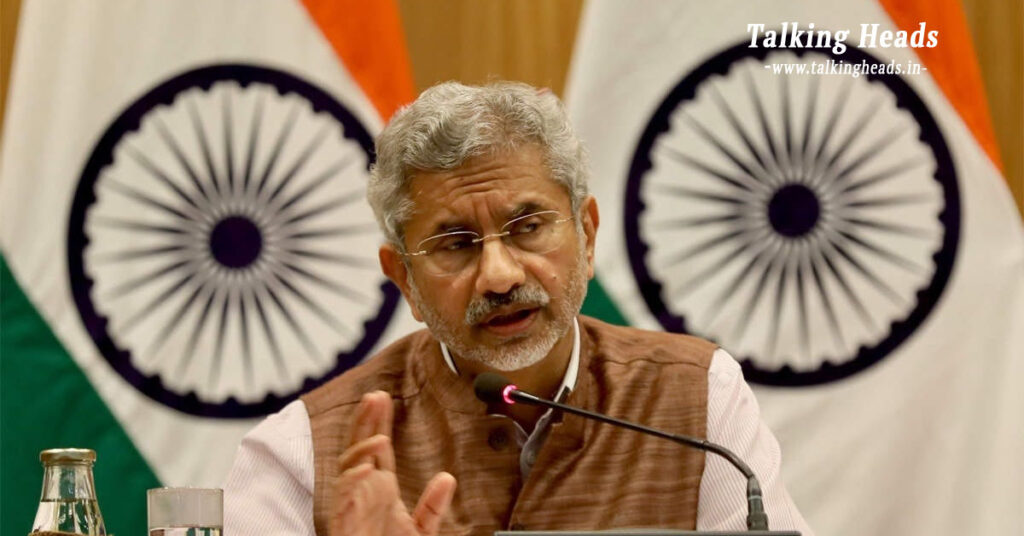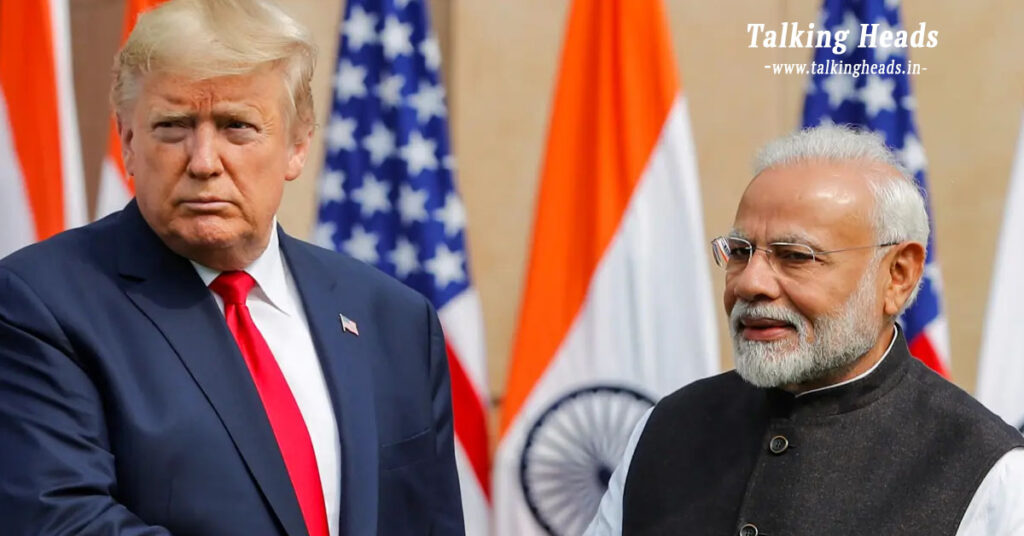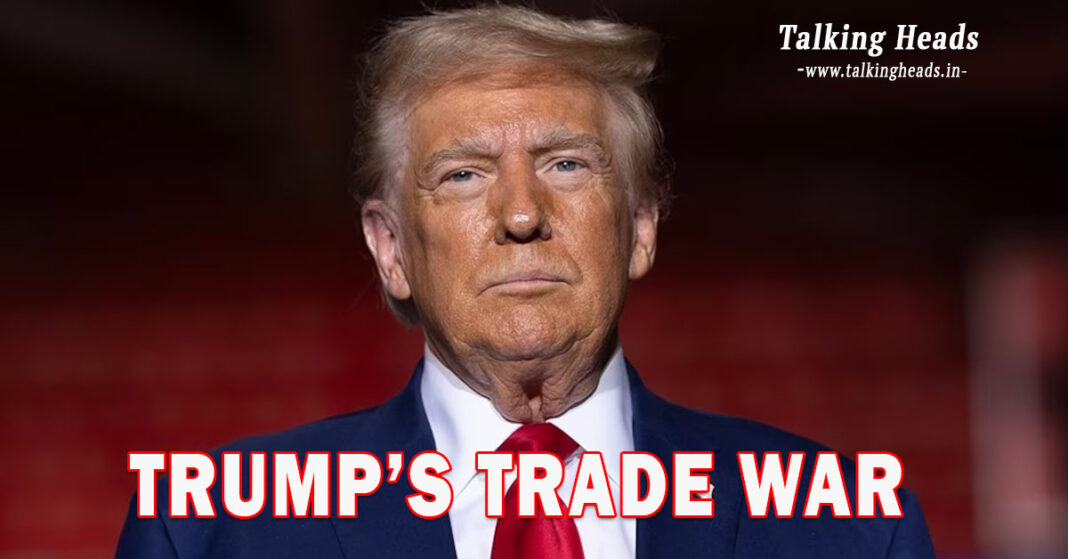Introduction: Trump’s Tariff Strategy and Its Global Impact U.S. President Donald Trump has frequently used tariffs as a solution to America’s trade challenges. On February 1, Trump announced a 25% tariff on goods from Mexico and Canada and a 10% tariff on Chinese products. The very next day, he warned that the European Union could be next. Trump has also repeatedly threatened BRICS nations with a 100% tariff hike, putting India at potential risk.
This article explores what tariffs are, why Trump is imposing them even on allied nations, and how these economic policies could impact global trade, particularly India.
Table of Contents
Trump’s Trade War: What Are Tariffs and Why Do They Matter?
Governments use tariffs to control trade, influence economic policies, and protect domestic industries.
For example, if an Indian diamond costs $10,000 in the U.S., a 50% tariff imposed by the U.S. would raise its price to $15,000. This would likely reduce demand for Indian diamonds in the American market, giving domestic producers an edge.
When a country increases tariffs, foreign products become more expensive domestically, reducing imports and boosting local production. Additionally, tariffs generate revenue for the government. However, arbitrary tariff hikes can disrupt international trade agreements, often leading to retaliatory measures by affected nations.
Why Did the U.S. Impose Tariffs on China, Canada, and Mexico?
1. Reducing the U.S. Trade Deficit
In 2023, the U.S. trade deficit with China was 30.2%, with Mexico 19%, and with Canada 14.5%. Combined, these three nations accounted for a $670 billion trade deficit for the U.S.
Trump justified his tariff hike by stating, “Our threats aren’t just for negotiations; these countries are responsible for America’s massive trade deficit.”
2. Geopolitical and Security Concerns
Beyond trade imbalances, security issues have also played a role. The U.S. has accused Mexico of harboring drug cartels that facilitate the smuggling of fentanyl and firearms into America. Similarly, China has been accused of violating intellectual property rights and engaging in unfair trade practices.
How Have Canada and Mexico Responded?

Following Trump’s tariff announcement, Canada immediately imposed a 25% tariff on U.S. goods, targeting American wines and fruits starting February 4. Mexican President Claudia Sheinbaum also announced countermeasures but later reached an agreement with Trump to delay tariffs by a month while negotiating border security.
Meanwhile, China has taken the matter to the World Trade Organization (WTO), arguing that the tariffs violate global trade rules. Beijing has called for diplomatic discussions rather than escalating trade tensions.

India ranks ninth among countries contributing to the U.S. trade deficit, Given these figures, there is a looming threat that tariffs on Indian goods could increase.
How Has India Avoided U.S. Tariffs So Far?
Unlike China, India has taken a more cautious approach in dealing with U.S. trade policies. To avoid direct conflict, India has already reduced tariffs on certain American imports. For instance, in its February 1 budget, India lowered duties on motorcycles under 1600cc, satellite ground installations, and synthetic flavoring essences.
In December 2024, External Affairs Minister S. Jaishankar confirmed that India does not plan to move away from the U.S. dollar, a key factor in avoiding direct trade disputes with the U.S.
Trump’s Trade War: Will the Trump-Modi Meeting Impact Future Trade Policies?

Recently, Trump and Indian Prime Minister Narendra Modi had a phone conversation where Trump confirmed, “I had a long discussion with him this morning.
Modi is scheduled to attend the AI Action Summit in Paris on February 10-11, followed by a potential visit to the U.S. Trade and immigration discussions will likely take center stage during these meetings. Experts predict that while the U.S. may not impose outright tariffs on India, both sides could negotiate new trade terms to balance economic interests.
Trump’s Trade War: Could India Benefit from Tariffs on China and Canada?
Experts believe that a 10% tariff on Chinese products could give Indian exporters a competitive edge in the U.S. market. A study by Oxford Economics showed that when Trump initiated the first round of trade wars with China, India emerged as the fourth-largest beneficiary.
Tariffs on China could also impact its trade partners like South Korea and Japan, reducing competition for Indian goods in American markets. Moreover, multinational companies with factories in both India and China may shift more orders to India to bypass high tariffs.
The U.S. accounts for over 17% of India’s foreign trade. The U.S. is also India’s largest buyer of agricultural products, including fruits, vegetables, and rice. In 2024 alone, the U.S. imported 18 million tons of Indian rice. A 100% tariff increase could double prices, reducing demand for Indian goods in the American market.










